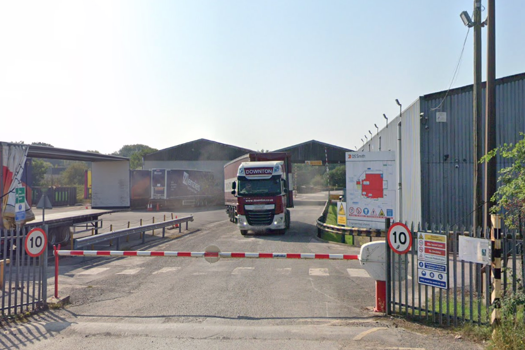The troubled manufacturer collapsed in May, a month after its French parent Nipson SAS and German sister company and group production arm Nipson Group were placed in compulsory liquidation and administration respectively.
Leonard Curtis, the administrator for Nipson UK, is in talks with France-based Nipson Technology, which was formed before Nipson SAS went into liquidation and has put in an offer for the UK business.
It is understood that the intellectual property of Nipson SAS was transferred to Nipson Technology before it went into liquidation.
The directors of Nipson UK, which has seven staff, appointed administrators after being unable to obtain assurances from Nipson Technology or the liquidator of Nipson SAS that they would be able to source parts to service customers’ machines.
Nipson Technology has now indicated that it will be able to supply parts for the company in the short-term while a potential sale of the company’s business is investigated.
The administrators report said that Nipson UK had suffered a decline in new business between 2006 and 2010, which it attributed partly to long lead times for customers’ ordering new equipment.
By the end of 2007 Nipson UK's turnover had fallen by 40% from its 2005 peak to just over £2m and the company, which was making significant losses and had net liabilities of £280,000, had become reliant on the financial support of Nipson SAS.
However, following a restructure during 2010, and the write-off of a £400,000 inter-company loan, Nipson UK returned to a net asset position and reported a small profit for 2011.
At the time it was placed into administration, Nipson UK owed £172,359 to 15 unsecured creditors, including £62,367 to Bryan Palphreyman, who became chief executive of Nipson America and Nipson UK in September 2011.
The administrators' report states that there should be sufficient realisations from the administration process to enable a distribution to unsecured creditors.
Tweet










